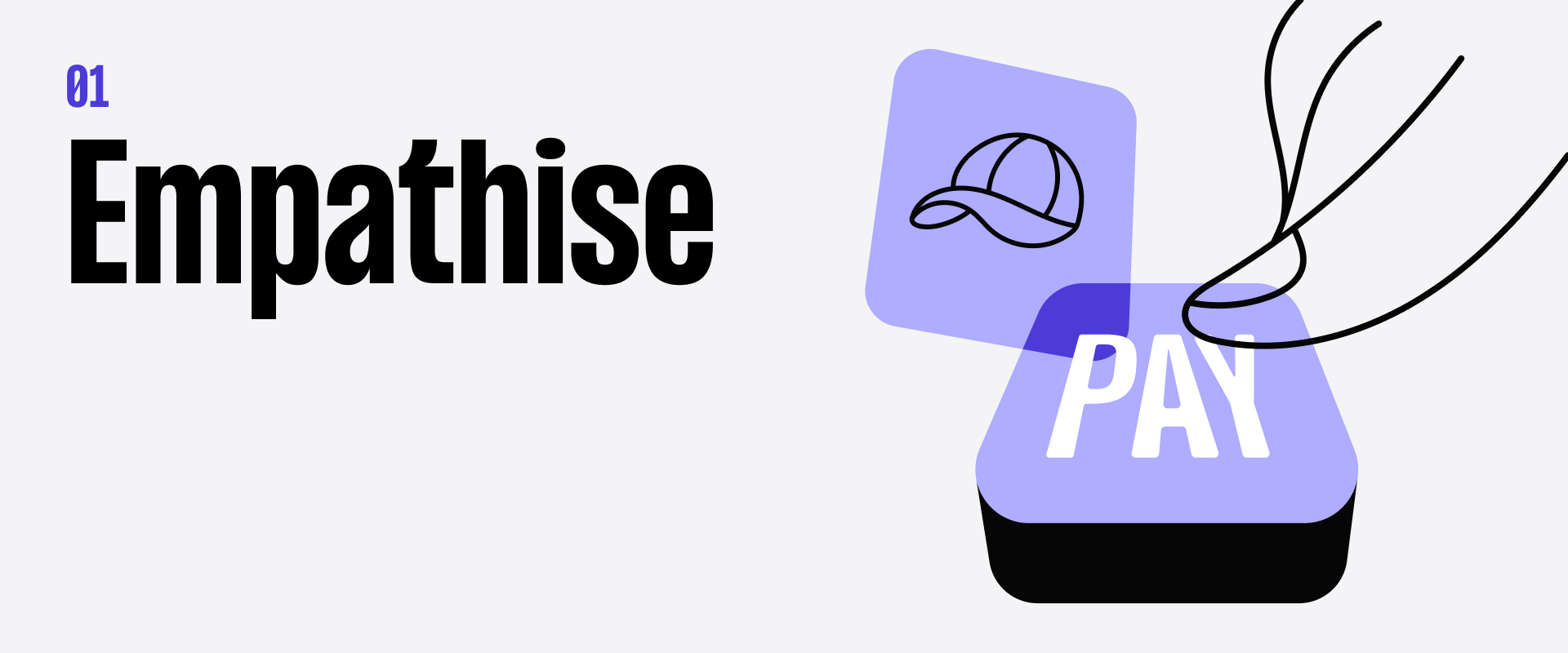At TrueLayer, we know that the most successful products aren’t just engineered in a vacuum, they’re co-designed with the people who use them. That’s why, when we set out to tackle one of the hardest problems in payments - making payouts instant, compliant, and reliable - we used a design thinking framework.
Design thinking is built around five stages: empathise, define, ideate, prototype, and test. It’s a way of putting the user at the centre, co-creating solutions, and refining them through real-world feedback.

This is the story of how that framework guided the launch of our latest product: Verified Payouts.
Step 1: Empathise - listening to merchants

We started by spending time with our clients - iGaming operators, trading platforms, and gig economy platforms - to understand their frustrations with payouts.
They told us:
Regulatory best practice meant payouts had to return to the same account as deposits, but existing systems (like card withdrawals) were slow and failure-prone.
Operational teams were wasting hours fixing errors and responding to customer queries.
Customers lost trust every time money didn’t arrive quickly or correctly.
As one partner reflected:
““When payouts go wrong, customers don’t remember the hundreds of times it went right - they only remember the one time it failed.”
Step 2: Define - reframing the problem

Together, we reframed the challenge. This wasn’t just about speed.
Merchants had reported card payouts simply did not work for certain banks. Beyond workability, another problem was delivering payouts that were:
Instant - money in seconds, not days.
Compliant - regulatory- compliant and meeting closed-loop guidance
Seamless - no added burden for customers or merchant operations.
Cost effective - fairly priced to allow for a healthy margin.
Or as one client summed it up:
““It’s not just about paying out faster, it’s about paying out right.”
Step 3: Ideate - exploring solutions side-by-side

Armed with those insights, we ran co-creation workshops with clients. Together we:
Mapped payout journeys end-to-end, including edge cases.
Sketched out process flows on whiteboards.
Explored “what if” scenarios that stressed compliance and customer experience.
These ideation sessions produced the blueprint for Verified Payouts.
Step 4: Prototype - testing in the wild

Next, we built prototypes and tested them in client environments. Each test uncovered new realities:
Customers with multiple active bank accounts.
Edge cases where names didn’t match exactly.
Different regulatory requirements across industries.
Some debit cards and digital wallets could not be mapped to the banks.
Every test meant another iteration. As one engineer said:
““Each time we thought we’d nailed it, a client showed us an edge case that broke it. And that’s what made the product robust.”
Step 5: Test & refine - building robustness through collaboration

Through multiple cycles of testing and refinement, a solution emerged that blended two TrueLayer strengths:
Instant Payouts - moving money in seconds.
Verification technology - matching every withdrawal to the original deposit account and bank account holder name.
The result is Verified Payouts: instant, compliant, and reliable withdrawals every time.
One beta partner described it as:
“"Switching on a new muscle in our payments stack - suddenly payouts are stronger, faster, and far more reliable with a higher margin.”
What’s next: design thinking never ends
Verified Payouts is live with our customer base, with more integrations on the way. But design thinking is iterative by nature: every deployment brings new insights, edge cases, and opportunities to refine.
Co-creation and collaborative design doesn’t stop at launch - it’s how the product will continue to evolve.
For more reading on Design Thinking, check out McKinsey's commentary. For further information on Verified Payouts with TrueLayer, you can head to our product page for everything you need to know.

TrueLayer welcomes FCA launch of UK Payments Initiative

5 Pay by Bank challenges: myth vs reality

)

)

)
)
)
)
)
)
)
)
)